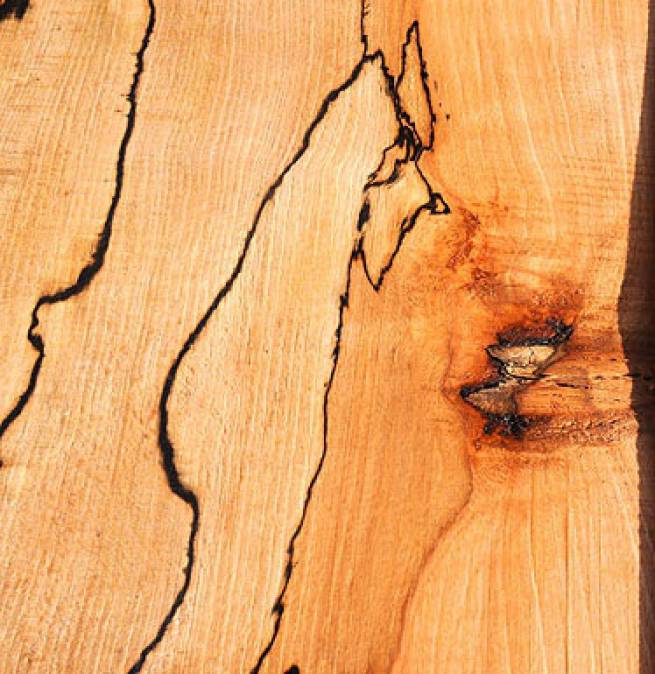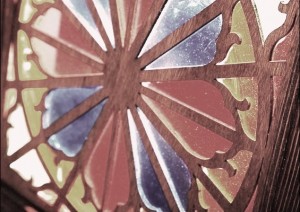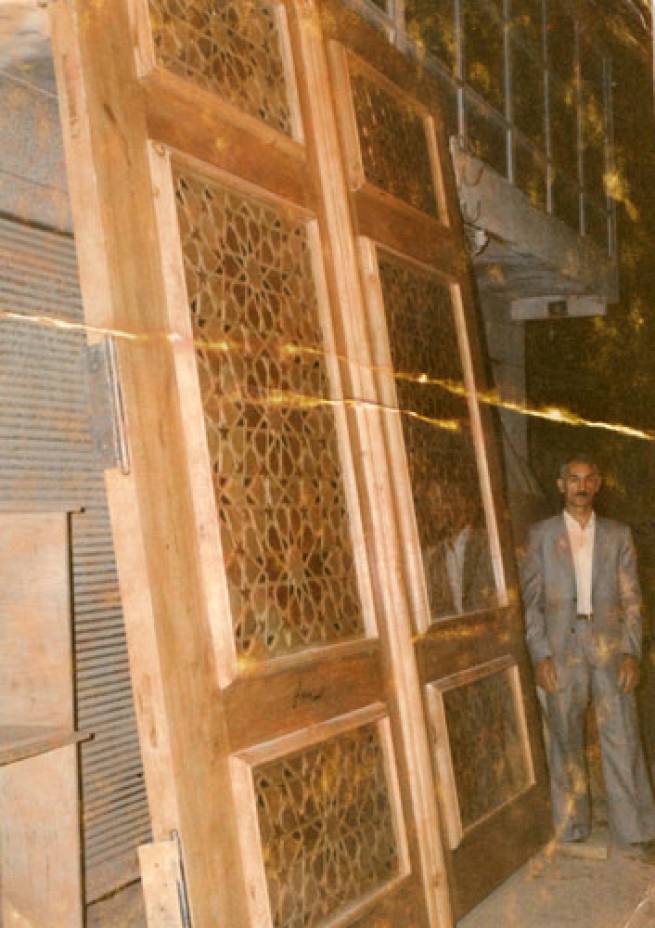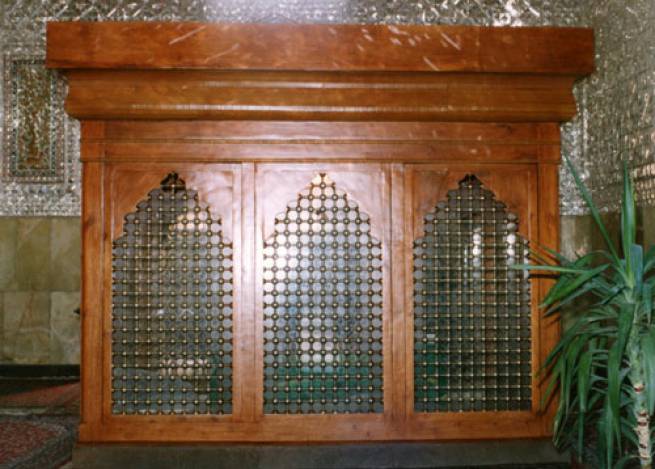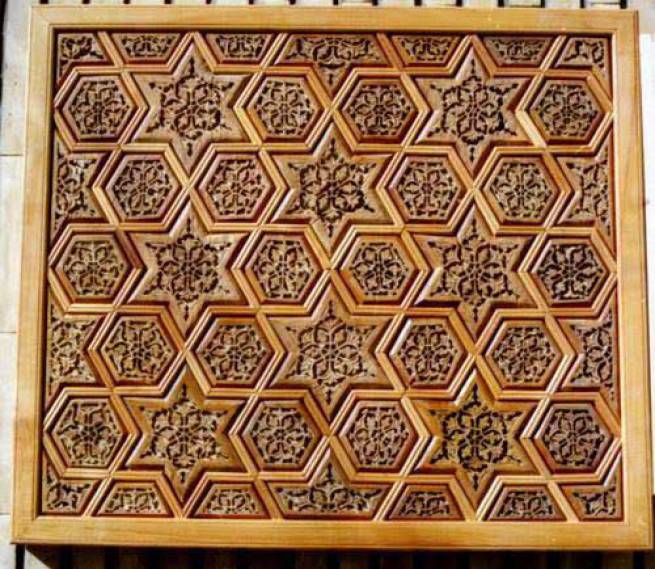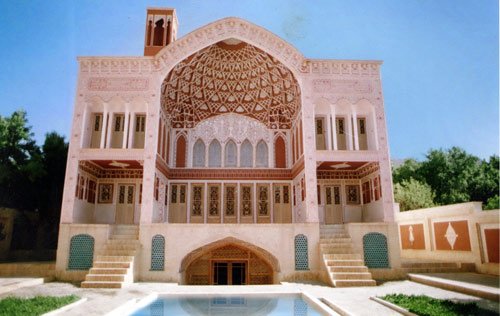This style of work has typically been used in the construction of doorways of prefabricated, prefabricated, portable, and lattice-houses in pallets and fences. Since the Safavid era, the use of colored glasses has been commonly used in lattice-shaped wood and has been termed "arsenal". The wooden art of Safavid era, especially during the Qajar period, not only did not have technical evolution, but also suffered a technical decline. Of course, the art of artisanization reached its peak in this period.
L The knot of wood is a delicate arts that has been popular in Iran since the beginning of the Islamic period. Some scholars have suggested that the use of this art began from the era of the Abbasid caliphs and became commonplace in Egypt and Syria from the 6th to the 8th centuries and has since arrived in Iran from the same time.
picking knot
Chinese wooden knot art
Master Said Alizadeh
S Professor Sa'id Alizadeh, son of Master Hajj Mohammad Ali Alizadeh, was born in Isfahan, Iran in 1342. From his childhood, along with science and education, he learned to learn the art of the Chinese knot of wood and slavery from his father.
He worked with his father from the same time at the same time. The first independent work of the Chinese knot of Master Alizadeh wood was carried out after the death of his father. This work was restored and renovated, and the Minister for Housing and Urban Development In 1382, she received an Architectural Award. The Impact of Proficient Saeed Alizadeh. February 28, 1395, in the square of Imam, the role of traditional arts house. With the honor of the governor, the mayor, head of the handicraft organization and a group of provincial officials



